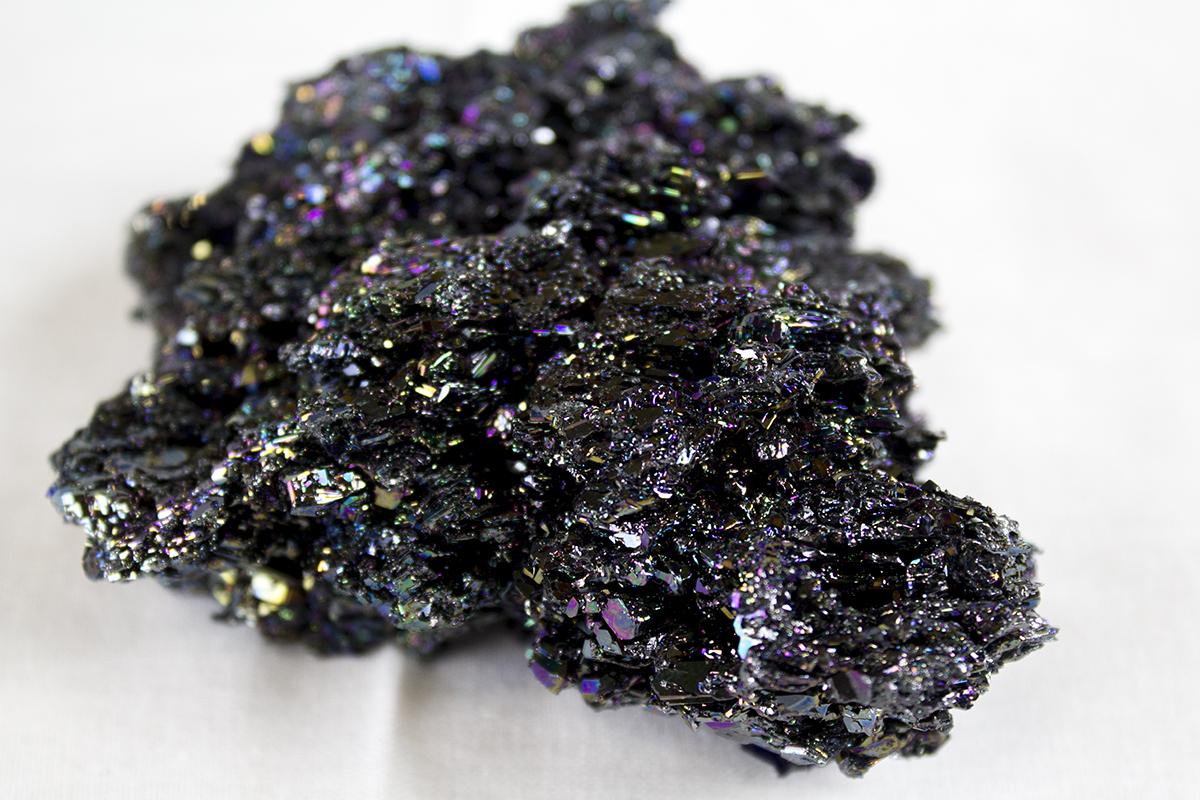The global silicon carbide market is poised to witness robust growth owing to growing adoption in power electronics applications. Silicon carbide (SiC) is a semiconductor base material that exhibits properties like wide bandgap, high thermal conductivity and high breakdown electric field strength making it suitable for applications involving high voltages, currents and temperatures. It is increasingly replacing silicon (Si) in high-power semiconductor devices like power supplies, solar inverters, electric vehicles and fast charging stations due to its lower power losses and higher efficiency at high operating temperatures.
Silicon carbide is a chemical compound of silicon and carbon widely used in refractories and abrasives due to its hardness. It demonstrates a unique combination of properties that enables power switches to operate at frequencies several times higher than conventional silicon. This allows SiC devices to be significantly smaller and lighter than those made of silicon. SiC chips are also highly conductive, enabling ultra-fast switching frequencies that minimize power conversion losses in various electronic systems. The ability of SiC to operate at higher junction temperatures than silicon also reduces cooling requirements and increases system efficiency.
The global silicon carbide market is estimated to be valued at US$ 10.51 Bn in 2023 and is expected to exhibit a CAGR of 11% over the forecast period 2024 to 2031, as highlighted in a new report published by Coherent Market Insights.
Market Dynamics:
The key driver for the growth of the global silicon carbide market is its growing adoption in power electronics applications owing to superior material properties of silicon carbide. SiC delivers higher efficiency and allows downsizing of parts compared to silicon. It enables power electronics devices to operate at voltages ten times higher than comparable silicon-based parts. This results in less power loss, higher efficiency, and smaller, more compact components. As power electronics are vital for industrial and automotive applications involving control of high currents, the demand for silicon carbide semiconductors is increasing in these sectors.
Another driver is increased R&D by companies towards commercialization of SiC devices for electric vehicles. The superior properties of SiC make it ideal for applications involving fast charging stations for EVs. It supports faster charging times for EVs and addresses range anxiety issues. This is encouraging auto makers to adopt SiC in charging infrastructure and onboard chargers.
SWOT Analysis
Strength: Silicon Carbide has exceptional hardness and strength making it heat resistant which allows it to operate reliably in harsh environments. It has a high electric field breakdown strength roughly ten times greater than silicon which allows silicon carbide devices to operate at higher temperatures, voltages, and frequencies than silicon-based ones. It is also chemically inert which makes it suitable for use in demanding, corrosive environments.
Weakness: Silicon carbide wafers are difficult and expensive to manufacture compared to silicon wafers. The cost of silicon carbide is higher than other semiconductor materials such as silicon.
Opportunity: Silicon carbide is increasingly being used in electric vehicles because of its high temperature operation, high voltage switching, and high power density. It allows for smaller and lighter power electronics which increases the driving range of electric vehicles. Its ability to operate reliably and efficiently at high temperatures also reduces cooling requirements which further improves performance and lowers costs.
Threats: The high cost of silicon carbide materials and manufacturing could slow its adoption over cheaper alternatives. Supply chain issues and limited manufacturing capacity could constrain its availability.
Key Takeaways
The Global Silicon Carbide Market Share is expected to witness high. The market size for 2024 is US$ 10.51 Bn forecasted to grow at a CAGR of 11% till 2031, indicating lucrative opportunities.
Regional analysis related content comprises North America dominates the global silicon carbide market, accounting for over 40% of the total market share. This is attributed to presence of major players in this region and increased research activities. Asia Pacific region is expected to be the fastest growing market for silicon carbide during the forecast period. This is due to rapid infrastructure development and increasing demand for electric vehicles in emerging economies like China and India.
Key players related content comprises Key players operating in the Silicon Carbide market include Infineon Technologies AG, Cree Inc., ROHM Semiconductor, STMicroelectronics N.V., TOSHIBA CORPORATION, General Electric, Saint-Gobain Group, GeneSiC Semiconductor Inc., Renesas Electronics Corporation, and Dow Inc. Infineon Technologies AG and Cree Inc. are identified as the market leaders with wide product portfolio and significant global presence.
Get more insights on this topic: https://www.newsanalyticspro.com/cvd-silicon-carbide-market-size-and-share-analysis-growth-trends-and-forecasts/
Explore more information on this topic, Please visit:https://captionssky.com/what-are-thermoplastic-elastomers/
